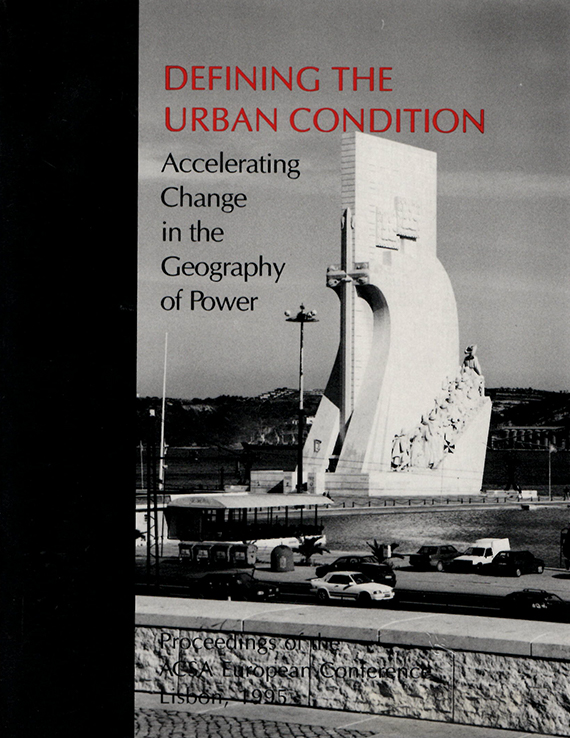Author(s): Jonathan Hill
Ephemerality and speed of change are the most distinctive qualities of the contemporary city. In this context, space is more tangible and constant than mass. So often, space is assumed to be the void between objects. Instead, it is a heavy, tactile, sensual substance in which the body is immersed. The resulting perception of space, as a material presence, inverts the conventional perception of architectural space as the void between physical, tangible architectural elements: the walls, floors and ceilings. Architects are primarily interested in form, a condition re-inforced by the architectural photograph. However, if architects re-consider space, they will realise that its population is not static and predictable, as the Modernists assumed, but fluid and indeterminate. Six people one minute and one million the next. For architects, the aim must be to design space and to think spatially. As there is no singular ‘form’ to space, the consequences of a spatial agenda are not uniform but they will transform the ways in which architecture is used, produced and discussed.
https://doi.org/10.35483/ACSA.Intl.1995.33
Volume Editors
John K. Edwards

 Study Architecture
Study Architecture  ProPEL
ProPEL 
